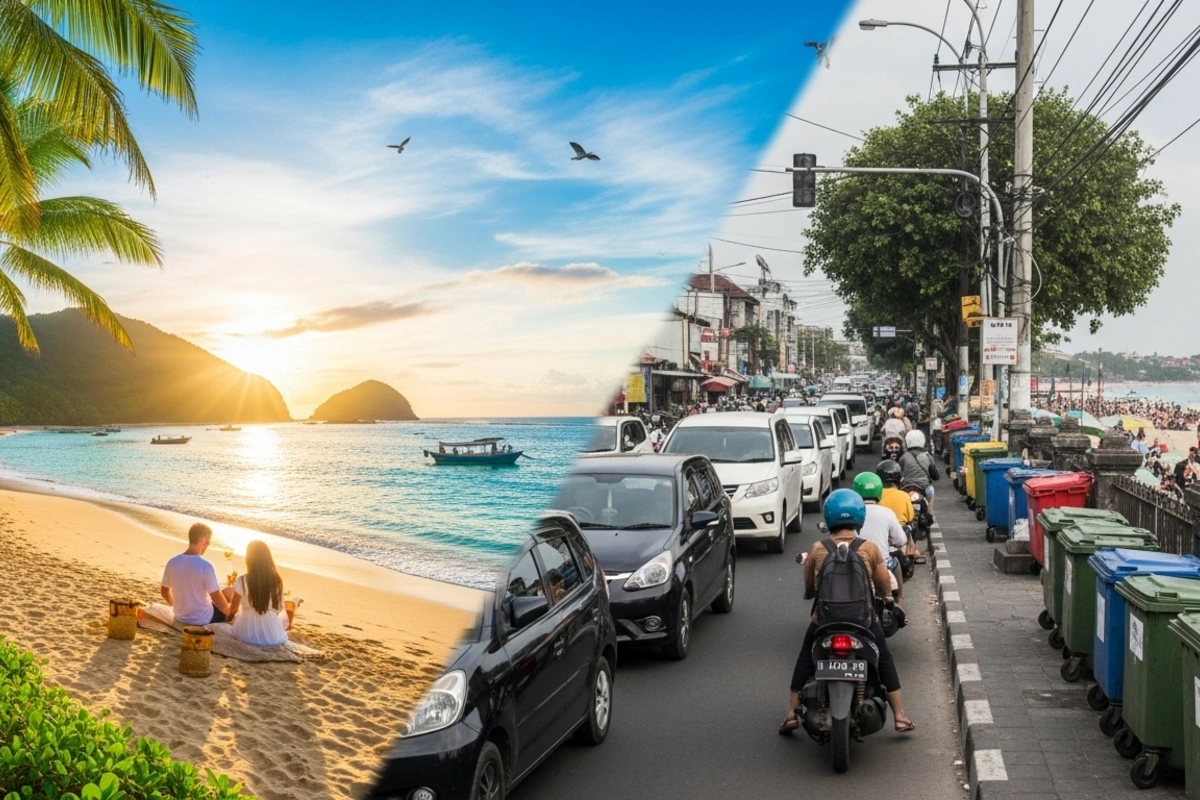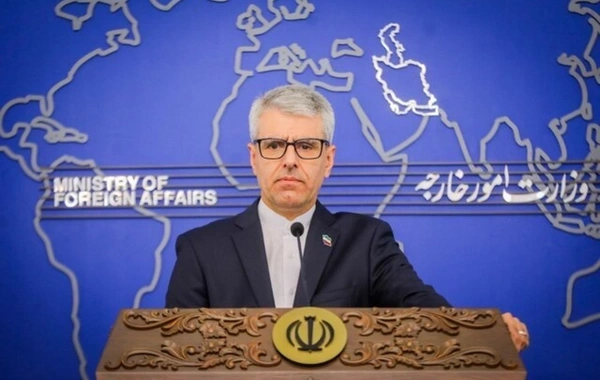The Main Disappointments of Bali - Why People Dream of Flying There and Then Regret It

Bali has long become a symbol of tropical paradise. Snow-white beaches, endless rice terraces, waterfalls, yoga, surfing, coconuts, sunsets and freedom - this is exactly how the island is portrayed by bloggers and travel influencers.
But reality often turns out to be much more prosaic. Behind the glossy Instagram photos lies another side of Bali that few talk about before the trip.
The illusion of the "island of happiness"
Many fly to Bali in search of a perfect life - spiritual awakening, harmony, and simplicity. But the island has long become a center of tourism and commerce. Instead of quiet solitude, travelers are greeted by traffic jams, construction sites, crowds of people, and inflated prices. Renting a cozy villa with a view of the jungle now costs as much as an apartment in Europe.
Bali is no longer that exotic corner where people go to "wake up from the hustle and bustle." It's a full-fledged tourism business where everything is set up for the flow of guests, and it's naive to expect that the island will offer something deeply spiritual simply by virtue of arriving.
Nature under pressure
Pictures on the internet promise pristine beaches and emerald rice fields. In reality, many popular beaches are heavily polluted. During the rainy season, the ocean brings tons of garbage to the shore, and beach services simply don't have time to clean everything up. Even at beautiful places like Kuta or Seminyak, the water is murky, and the smell of the ocean mixes with the aroma of exhaust fumes.
With the growing number of tourists, the island has found it difficult to cope with the load. Landfills are overflowing, and sewage often flows directly into rivers. And if you can still find paradisiacal cleanliness somewhere, it's usually far from the main resort areas.
Traffic jams and road chaos
Bali is an island, but the feeling that you're in a metropolis emerges quickly. There's a huge number of cars and motorbikes, the roads are narrow, and there are almost no traffic lights. Because of this, even short trips can take an hour or more. For those used to European order, traffic in Bali may seem chaotic and stressful.
The myth of an inexpensive paradise
Once, Bali was indeed a budget destination. Today, prices for accommodation, food, and entertainment have increased manifold. Popular areas - Canggu, Ubud, Seminyak - have long ceased to be "cheap and cheerful." For the same money that once bought a villa with a pool, now you can rent at most a small house with basic amenities.
And restaurants designed for tourists often charge European prices. Finding inexpensive and yet safe food is becoming increasingly difficult, especially if you're not used to local cuisine and street cafes.
Digital nomads and lost authenticity
Freelancers, bloggers, and IT specialists have moved to Bali en masse. On one hand, this has given the island economic growth; on the other, it has destroyed its identity. Traditional temples neighbor with coworking spaces, and instead of local cafes at every step - smoothie bars and "boho" style coffee shops.
Balinese culture is still alive, but the feeling that you're in a special place is increasingly replaced by the sense that you're just in another fashionable tourist location.
Exotic with a flip side
Travelers often complain about insect bites, humidity, heat, and poor water. For an unprepared person, the climate can be a serious test. Electricity sometimes disappears, the internet works unstably, and medical care is expensive and not always of high quality.
These everyday details aren't visible in photos, but they often become the cause
Similar News
Doctor named the non-obvious cause of headache
Frequent headaches may be associated with a deficiency of riboflavin (vitamin B2) or magnesium - this mineral regulates vascular tone, and its deficiency can pr...




 Azərbaycanca
Azərbaycanca  По-русски
По-русски  English
English 





